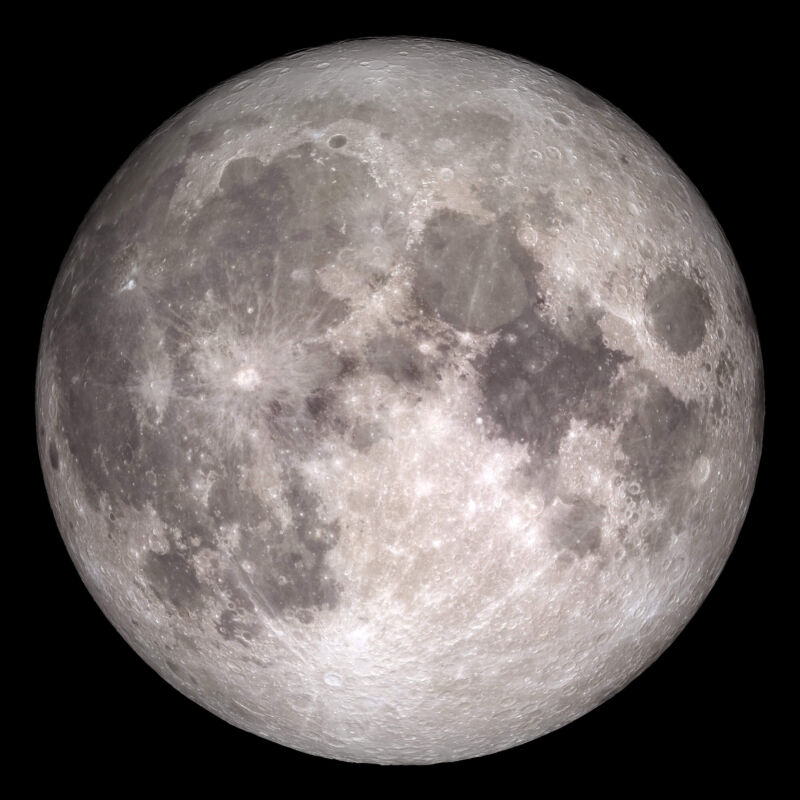The Moon had volcanic activity much more recently than we knew

Enlarge / The eruptions that produced the dark mare on the lunar surface ended billions of years ago. (credit: NASA/GSFC/Arizona State University)
Signs of volcanic activity on the Moon can be viewed simply by looking up at the night-time sky: The large, dark plains called “maria” are the product of massive outbursts of volcanic material. But these were put in place relatively early in the Moon’s history, with their formation ending roughly 3 billion years ago. Smaller-scale additions may have continued until roughly 2 billion years ago. Evidence of that activity includes samples obtained by China’s Chang’e-5 lander.
But there are hints that small-scale volcanism continued until much more recent times. Observations from space have identified terrain that seems to be the product of eruptions, but only has a limited number of craters, suggesting a relatively young age. But there’s considerable uncertainty about these deposits.
Now, further data from samples returned to Earth by the Chang’e-5 mission show clear evidence of volcanism that is truly recent in the context of the history of the Solar System. Small beads that formed during an eruption have been dated to just 125 million years ago.

